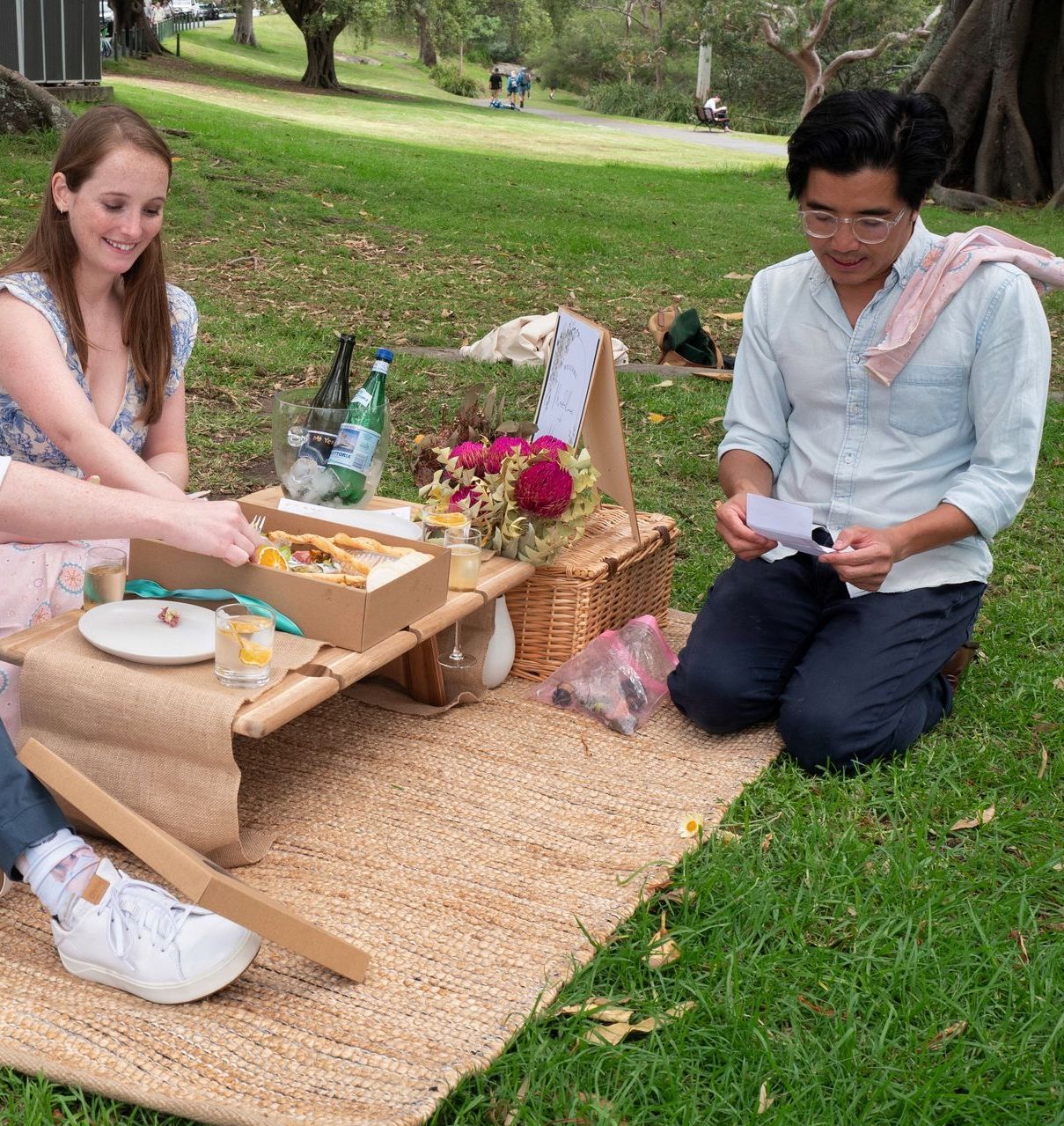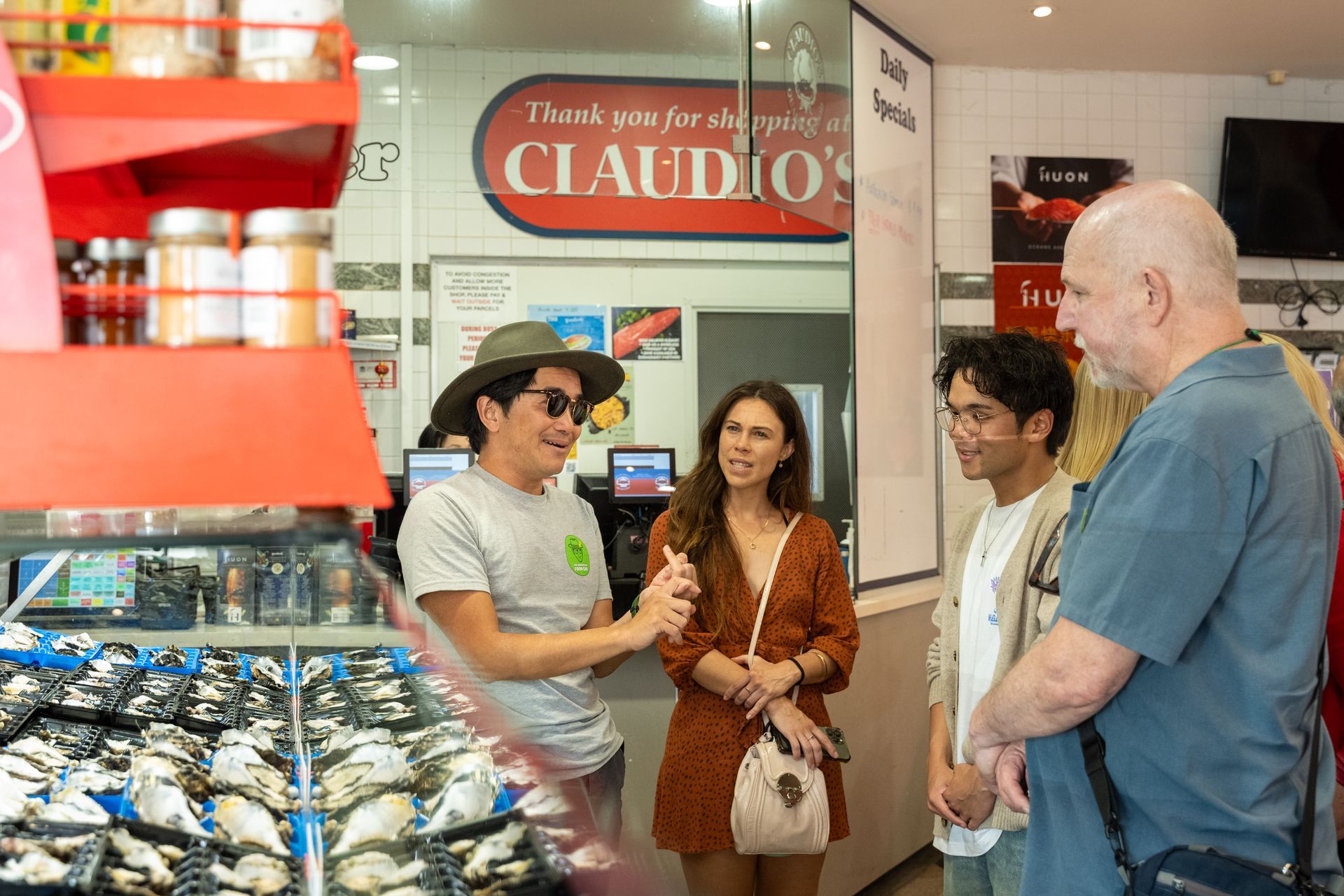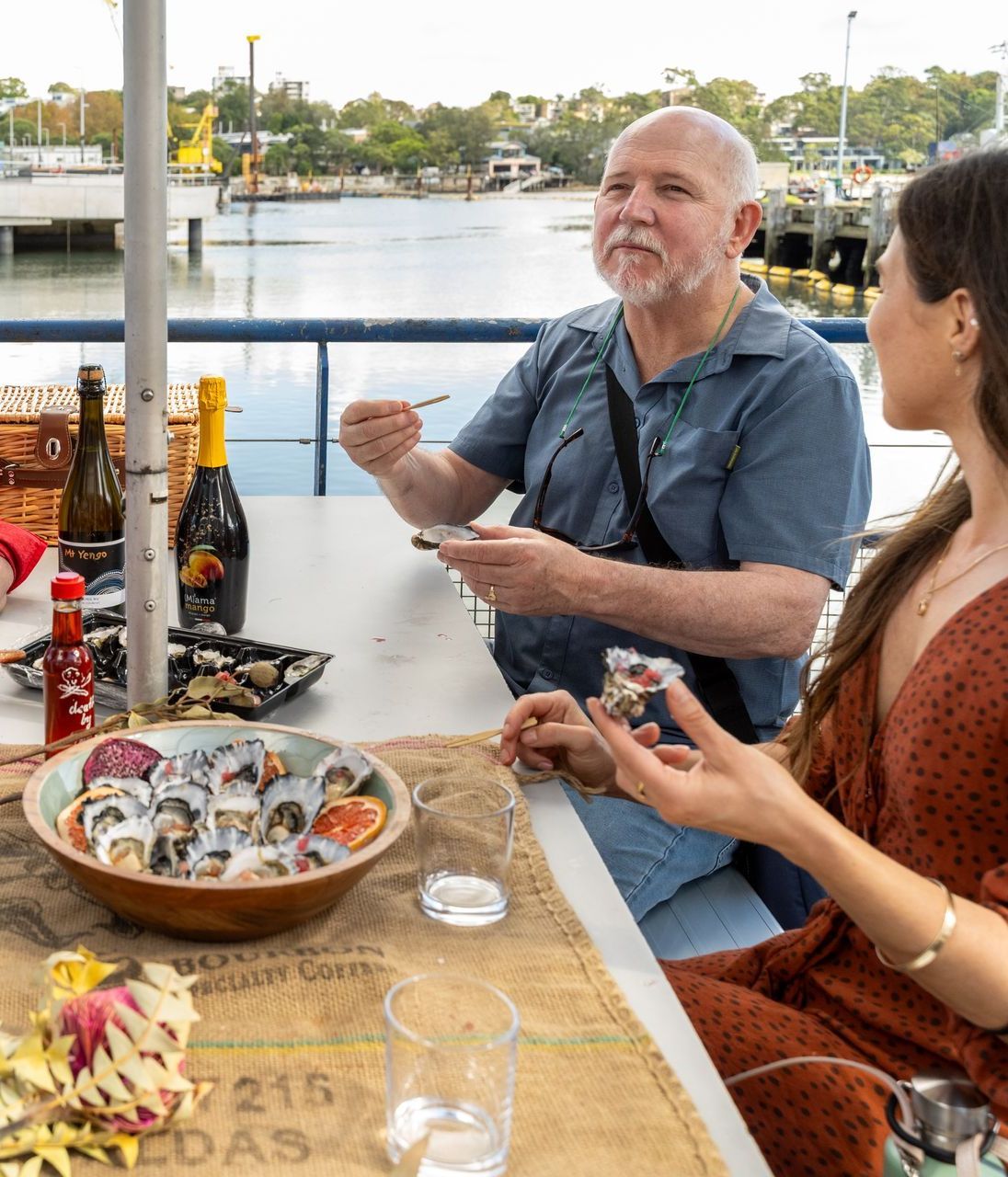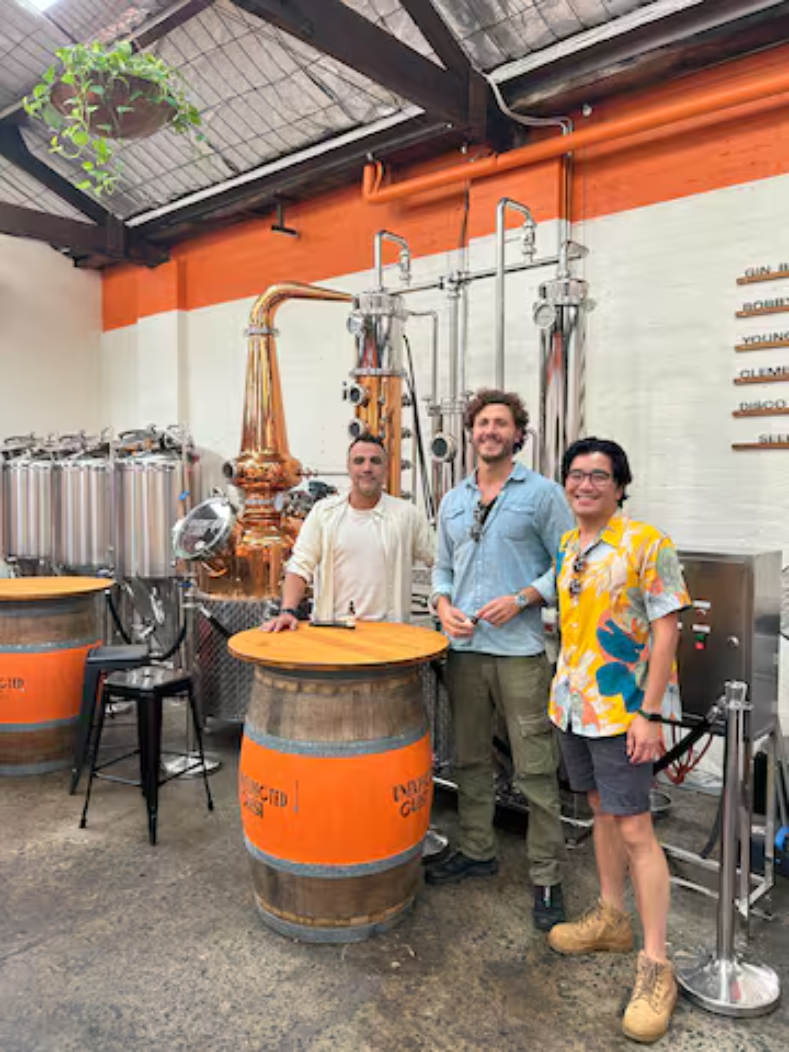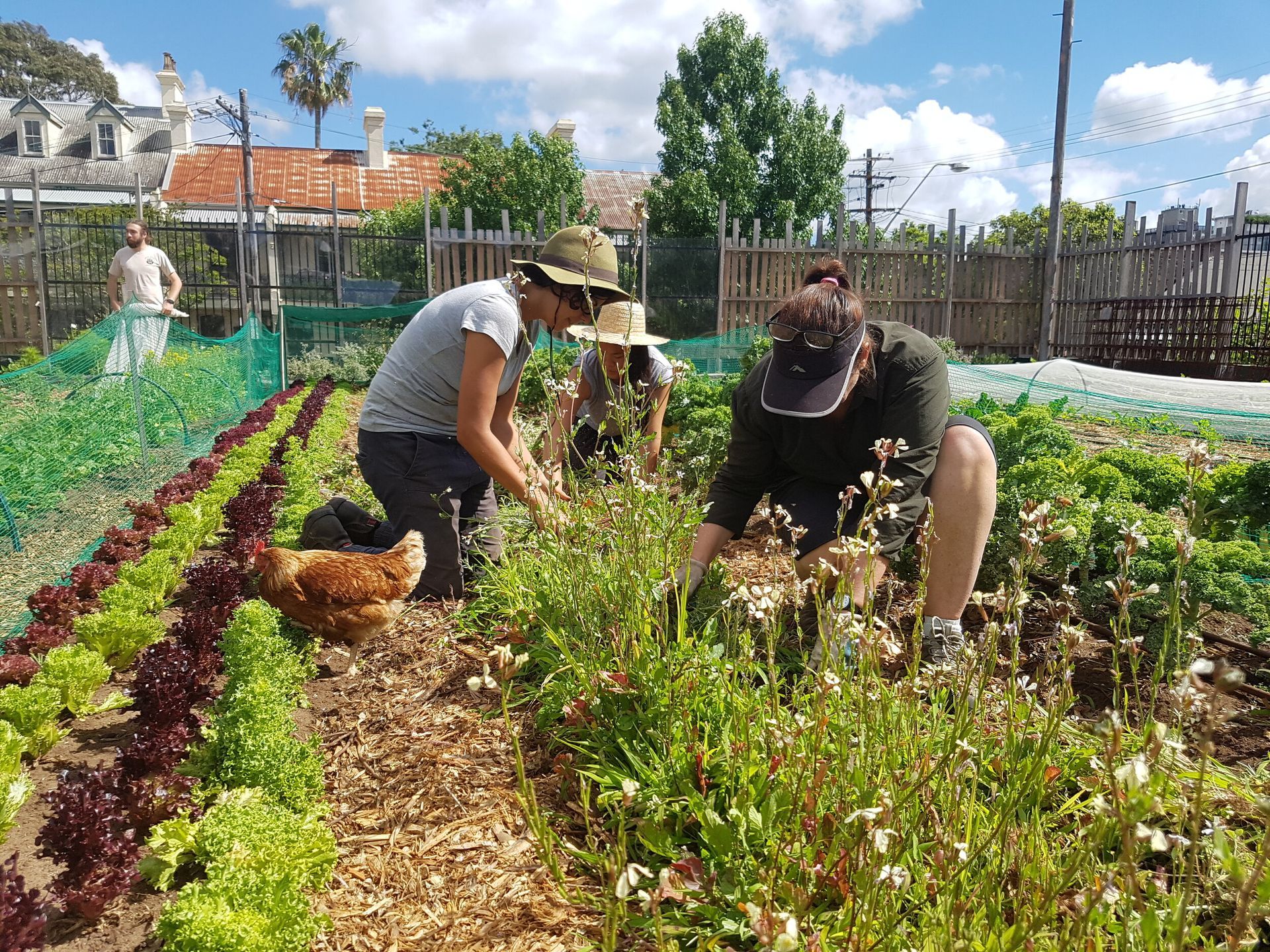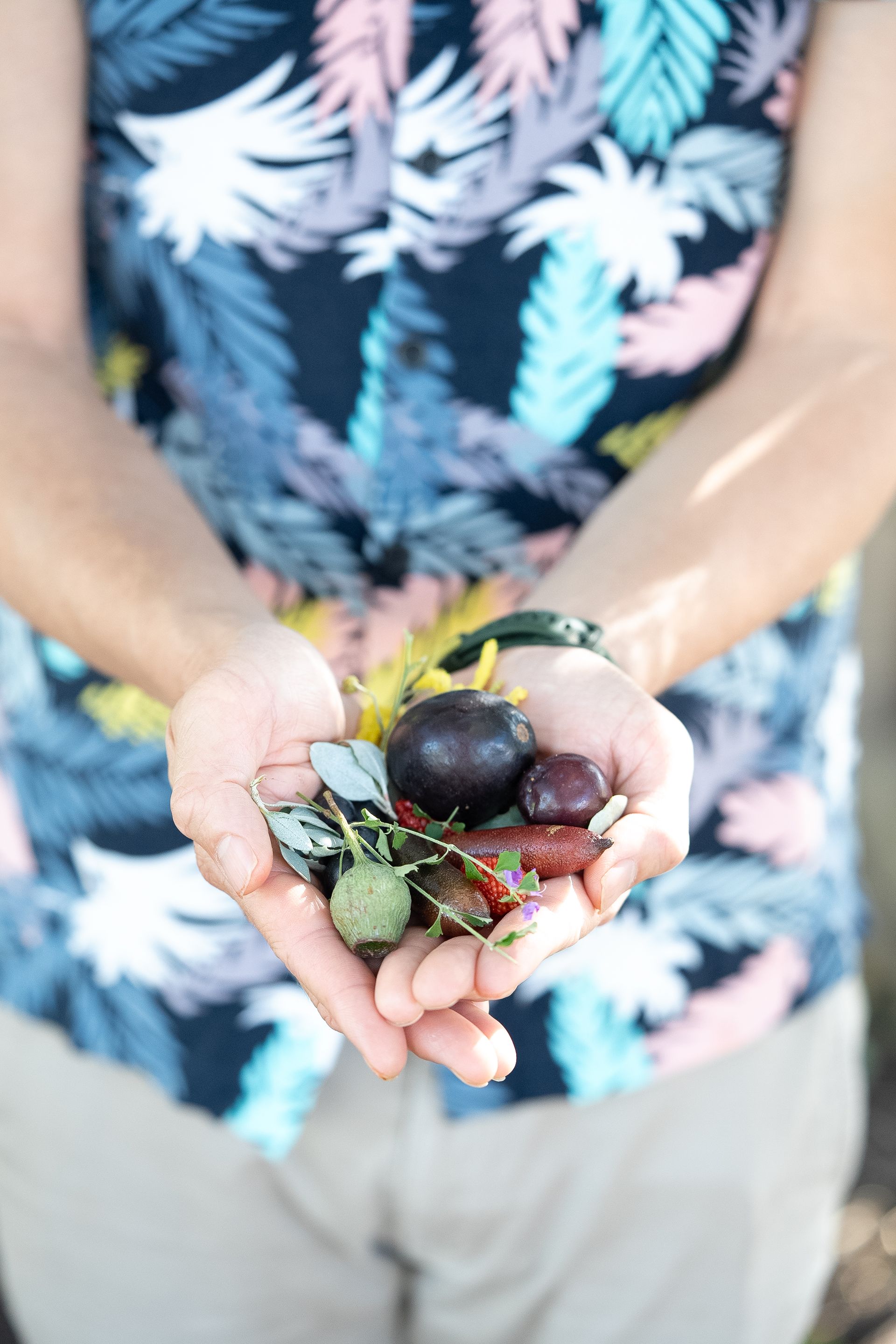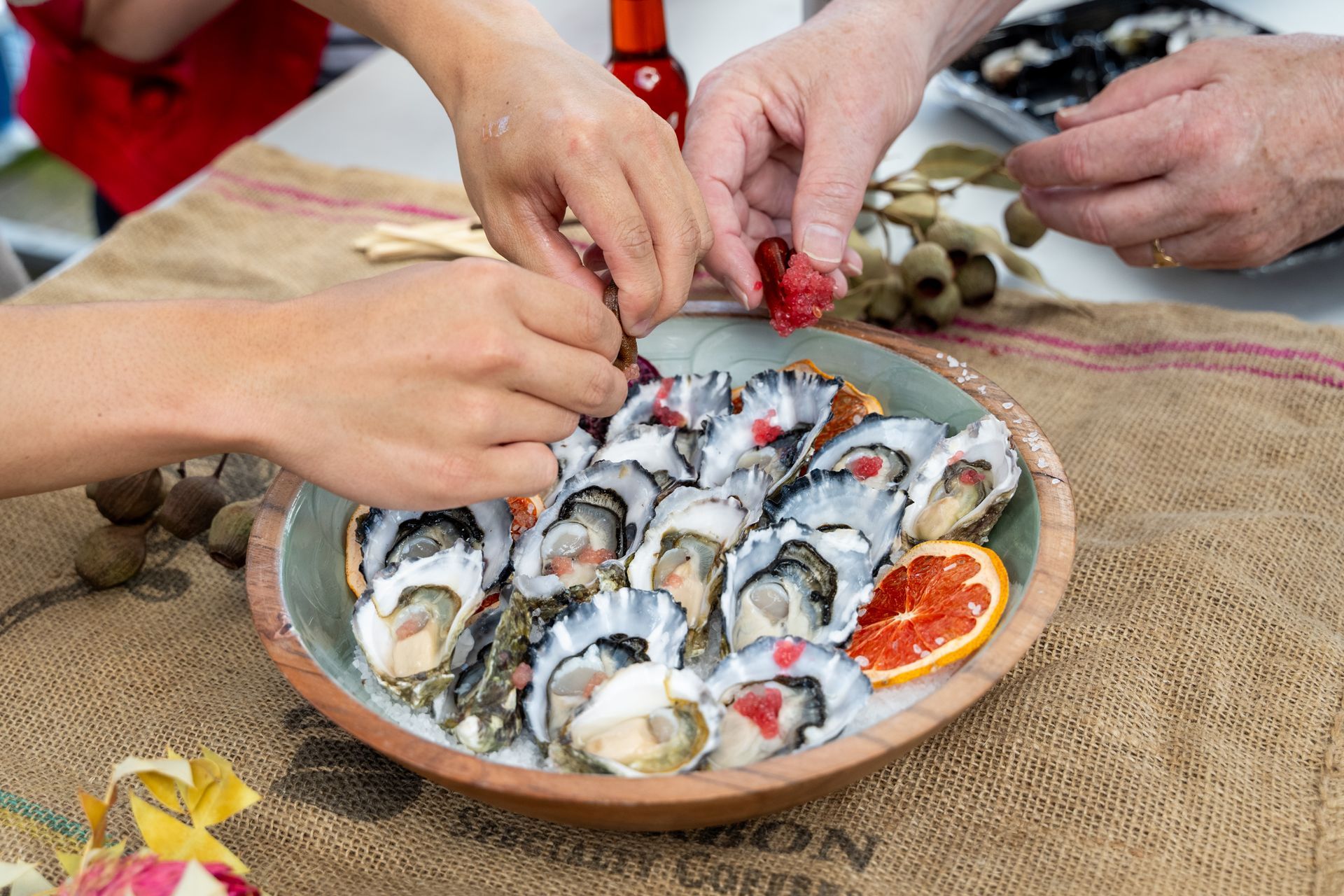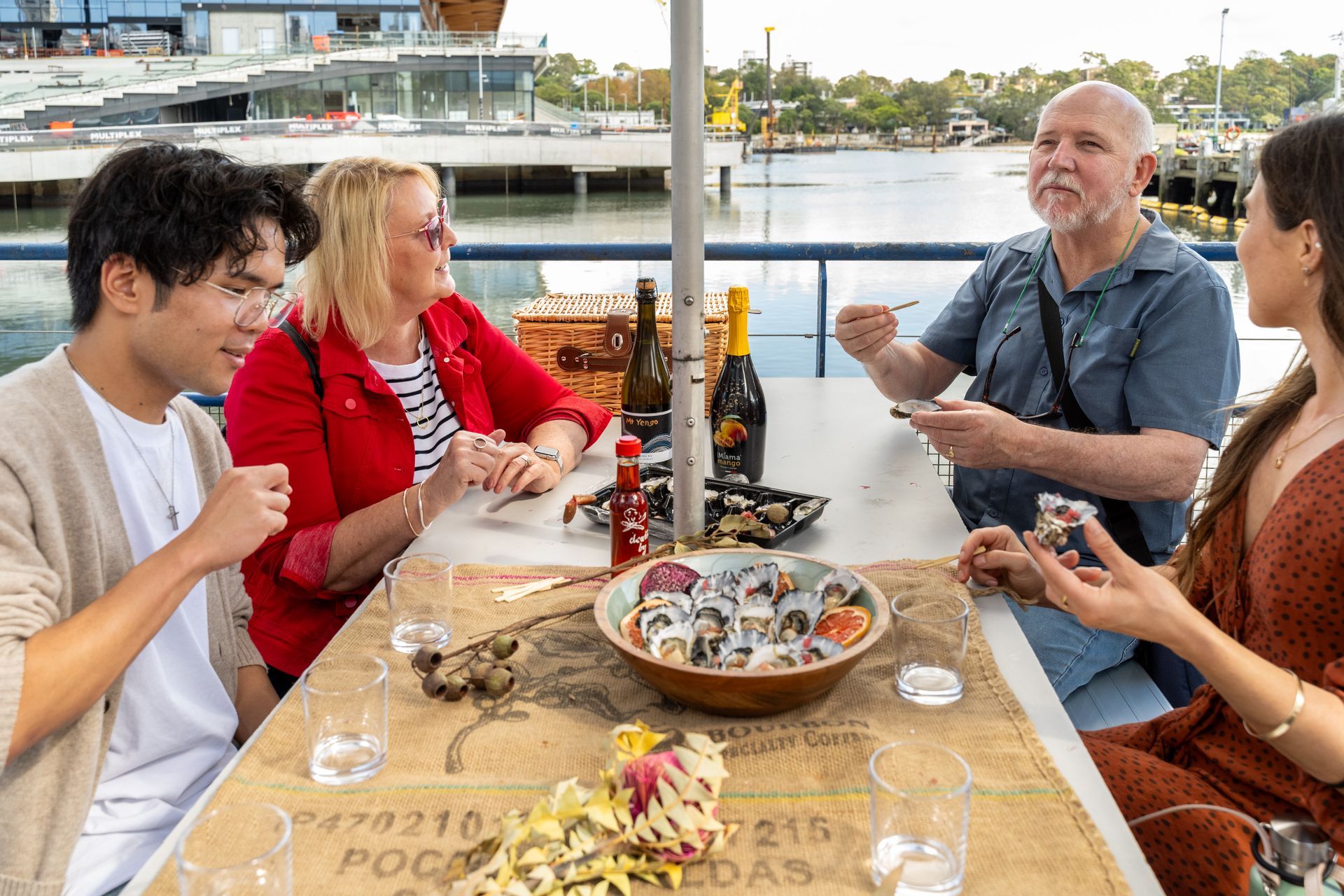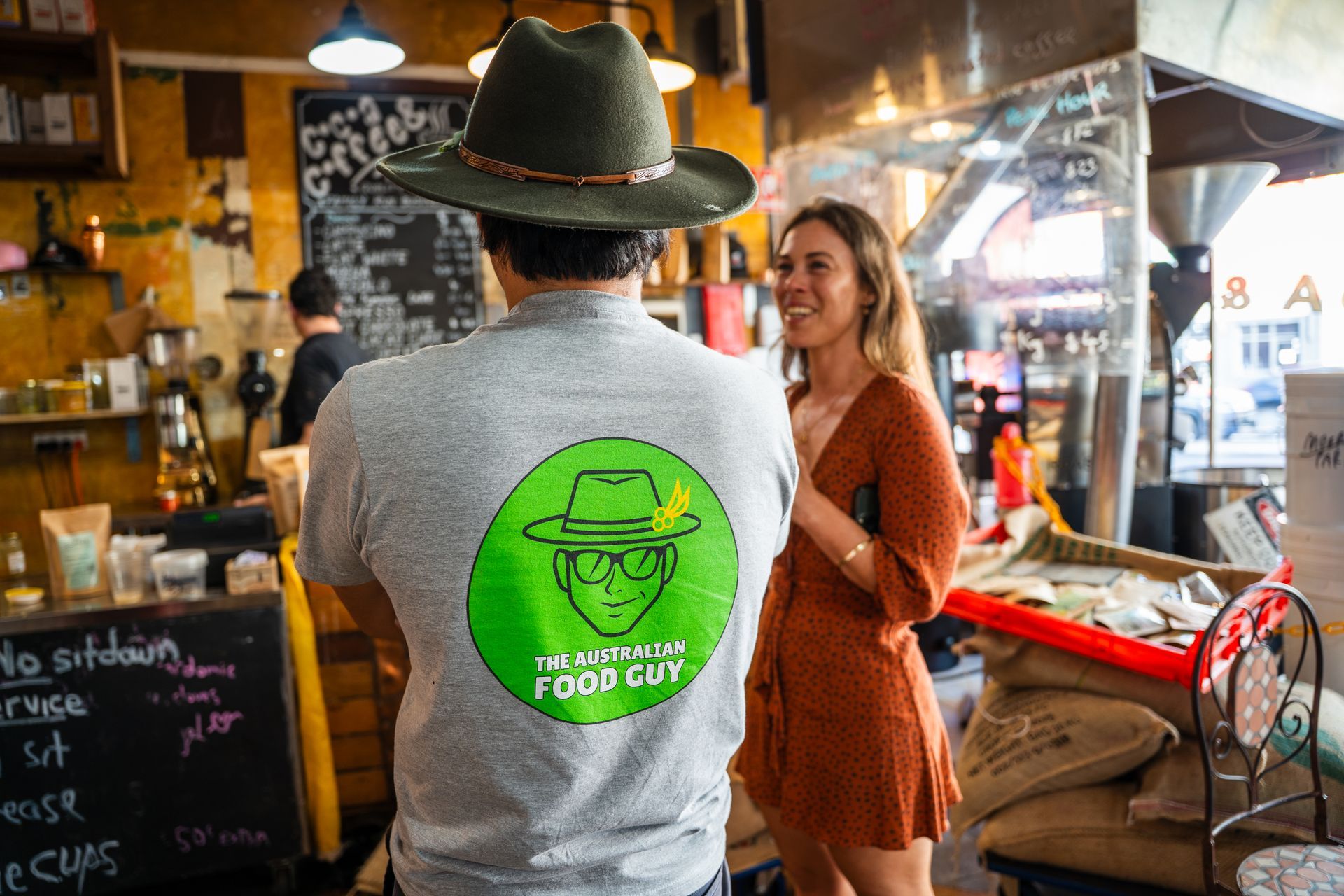The Real Cost of Playing It Safe in Business and Life

Safety is seductive. Predictable paycheck. Polished LinkedIn title. Easy small talk at networking events. But beneath all that comfort lies a slow erosion of self. I should know. I spent 22 years in finance playing by the rules, hitting KPIs, managing risk until I realised the biggest risk I was taking was never actually betting on myself. Here’s what playing it safe really costs you, and why stepping into uncertainty might be the smartest move you’ll ever make.
Table of Contents
- The Hidden Price of Security
- What Comfort Covers Up
- How Playing It Safe Nearly Broke Me
- The Power of Risk-Backed Purpose
- The Real Wins from Letting Go
- Final Thoughts
The Hidden Price of Security
There’s a myth we’ve been sold: stability equals success. You get the job, tick the boxes, stay the course. But nobody talks about the trade-offs. The meetings that mean nothing. The ideas that never get voiced. The gut instincts you ignore for fear of rocking the boat. Security has a silent cost and it’s usually your creativity, your potential, and your joy.
What Comfort Covers Up
Comfort feels good in the moment. But too much of it numbs you. I spent years leading massive projects, eating stale sandwiches in boardrooms, and convincing myself I was fulfilled. I wasn’t. I was exhausted. Uninspired. On autopilot. The scariest part was that I didn’t even realise how bored I was until I stepped outside the comfort zone.
How Playing It Safe Nearly Broke Me
The turning point wasn’t dramatic. It was death by a thousand small concessions. Saying yes when I meant no. Choosing next quarter over right now. Watching tourists fly halfway across the world only to eat Burger King and realising I was complicit, building a life that looked good on paper but lacked soul.
When I finally walked away from the six-figure salary and title, people thought I’d lost it. What they didn’t see was the quiet desperation behind the spreadsheets. Or the deep pull toward something more visceral. More real. Something that smelled like eucalyptus and tasted like bush tomato.
The Power of Risk-Backed Purpose
Starting over meant betting on green ants and finger limes instead of forecasts and financial models. It was wild. Uncertain. Full of faceplants. But also full of magic. I met makers, distillers, First Nations storytellers. I hosted one guest and treated them like ten. I got drenched biking through storms. I stuffed up, stumbled through speeches and kept showing up.
Because purpose, even messy and unpolished, is magnetic. People feel it. And they remember how you made them feel. That’s what turns a tour into a memory. A product into a story. A risk into a ripple.
The Real Wins from Letting Go
Today, I run native food tours that feed more than appetites. We serve identity, connection, surprise. Guests eat ants and end up in tears. They come for kangaroo salami and stay for the soul. It’s not scalable in the traditional sense but it’s deeply impactful.
Would I trade that for a predictable paycheck? Not a chance. The risks brought relationships. The fear built grit. The discomfort gave birth to creativity.
Final Thoughts
Playing it safe might keep your LinkedIn tidy. But it won’t light you up. And it won’t leave a legacy. Real growth lives in the unknown. In the first awkward pitch. The failed market stall. The stuttered intro that still connects.
So if you’re standing at the edge of something that feels wild but true, lean in. Jump. Trust the mess.
Because staying small isn’t safe. It’s just familiar. And you were built for more.

